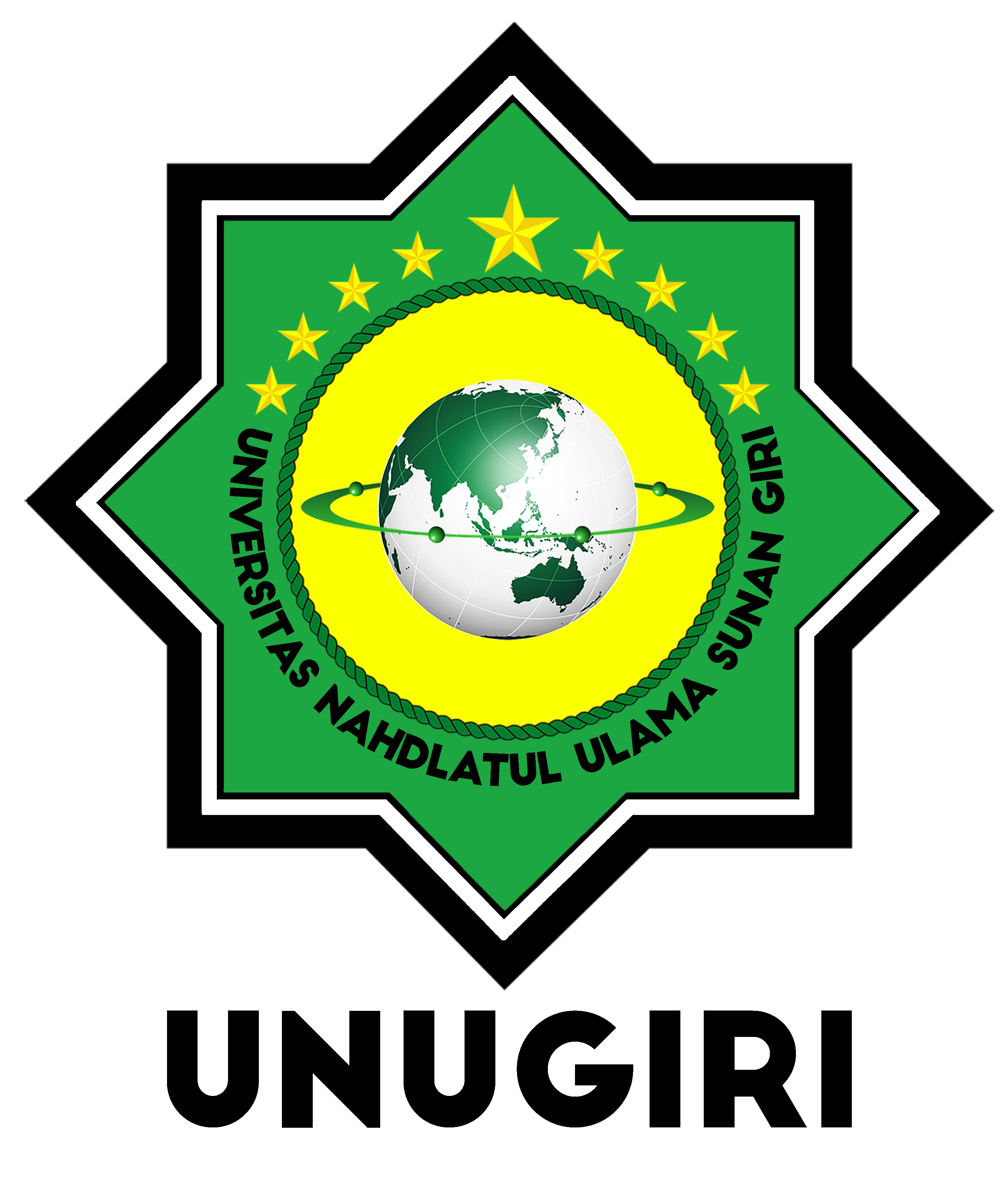Peramalan Harga Gandum di Tengah Invasi Rusia ke Ukraina dengan Pendekatan Intervensi Fungsi Step
 PDF Download: 475
PDF Download: 475
DOI:
https://doi.org/10.32665/james.v6i2.1824Keywords:
analisis intervensi, analisis runtun waktu, fungsi step, gandum, perang rusia-ukraina, intervention analysis, time series analysis, step function, wheat, russia-ukraine warAbstract
Semenjak konflik antara Federasi Rusia dan Ukraina terjadi, perekonomian dunia terdampak cukup parah terutama harga komoditas dunia. Akibat dari perang di Ukraina, beberapa rantai-pasok komoditas pangan dunia mengalami hambatan, hingga berujung pada krisis pangan di sejumlah wilayah di Afrika dan mulai merambat ke beberapa negara khususnya di Asia. Gandum merupakan salah satu komoditas pangan yang mengalami kenaikan harga akibat dari konflik yang terjadi di Ukraina. Kenaikan harga gandum tersebut berdampak pula terhadap kenaikan harga produk turunan dari gandum, seperti tepung yang merupakan bahan baku pembuatan roti dan mie. Produk mie dan roti di Indonesia merupakan salah satu makanan pokok pengganti nasi, sehingga jika kondisi kenaikan harga gandum tidak diatasi, dikhawatirkan akan terjadi krisis pangan di Indonesia. Penelitian ini akan memodelkan dan memprediksi harga gandum dunia di tengah konflik antara Rusia dan Ukraina dengan pendekatan model intervensi fungsi step. Hasil penelitian menunjukkan bahwa prediksi harga komoditas gandum dunia di tengah invasi Rusia ke Ukraina dengan pendekatan model intervensi fungsi step menunjukkan hasil yang akurat. Model ARIMA(1,1,0) dengan b=0, s=2, dan r=2 menjadi model intervensi fungsi step paling baik. Nilai MAPE yang ditentukan dari pengujian data adalah 14,27%.
References
UNCTAD, “The impact on trade and development of the war in Ukraine,” 2022. [Online]. Available: https://unctad.org/webflyer/impact-trade-and-development-war-ukraine
J. D. Cryer and K.-S. Chan, Time Series Analysis With Applications in R 2nd Edition. New York: Springer, 2008.
G. E. P. Box, G. M. Jenkins, G. C. Reinsel, and G. M. Ljung, Time Series Analysis: Forecasting and Control. New Jersey: John Wiley & Sons, Inc., 2016.
R. W. Maharsi and N. A. N. Roosyidah, “Analisis Perbandingan Kebaikan Model Intervensi Fungsi Step dan ARIMA Box-Jenkins,” Jurnal Ilmiah Komputasi dan Statistika (JIKOSTIK), vol. 1, no. 2, pp. 1–10, 2022.
I. Lestari, B. Sumargo, and F. Ladayya, “Pemodelan ARIMA Intervensi untuk Meramalkan Harga Minyak Mentah Dunia,” Statistika, vol. 22, no. 2, pp. 133–146, 2022.
G. E. P. Box and G. C. Tiao, “Intervention Analysis with Applications to Economic and Environmental Problems,” J Am Stat Assoc, vol. 70, no. 349, pp. 70–79, 1975.
F. Hikmawati, E. Setyowati, and P. Dewanti, “Pemodelan Intervensi pada Jumlah Kedatangan Wisatawan Mancanegara ke Indonesia Tahun 1989-2018,” Jurnal Ilmiah Komputasi dan Statistika, vol. 1, no. 1, pp. 1–16, 2021.
H. Prabowo and I. R. Afandy, “Intervention Analysis and Machine Learning to Evaluate the Impact of COVID-19 on Stock Prices,” Inferensi, vol. 4, no. 1, pp. 13–27, 2021.
B. Herlina, “Gapmmi: Menaikkan Harga Mi Instan Jadi Pilihan Terakhir.” Accessed: Oct. 08, 2023. [Online]. Available: https://www.dw.com/id/gapmmi-menaikkan-harga-mi-instan-jadi-pilihan-terakhir/a-61001673
A. Crystine, A. Hoyyi, and D. Safitri, “ANALISIS INTERVENSI FUNGSI STEP (Studi Kasus Pada Jumlah Pengiriman Benda Pos Ke Semarang Pada Tahun 2006 – 2011),” Jurnal Gaussian, vol. 3, no. 3, pp. 293–302, 2014.
D. N. Gujarati, Basic Econometrics, 4th ed. New York: The McGraw-Hill Companies, 2009.
Rusdi, “Uji Akar-Akar Unit dalam Model Runtun Waktu Autoregresif,” Statistika, vol. 11, no. 2, pp. 67–78, 2011.
J. D. Hamilton, Time Series Analysis. New Jersey: Princeton University Press, 1994.
W. W. S. Wei, Time Series Analysis: Univatiate and Mulivariate Method, 2nd ed. New York: Pearson Addison Wesley, 2006.
W. W. Daniel, Applied Nonparametric Statistics 2nd Edition. California: Duxbury Press, 2000.
H. Akaike, “Information Theory and an Extension of the Maximum Likelihood Principle,” in Proceeding 2nd International Symposium on Information Theory (Eds. B. N. Petrov and F. Csaki), Budapest: Akademiai Kiado, pp. 267–281, 1973.
C. D. Lewis, Industrial and business forecasting methods: A practical guide to exponential smoothing and curve fitting. London: Butterworth Scientific, 1982.
X. Guo, Y. Gao, Y. Li, D. Zheng, and D. Shan, “Short-term household load forecasting based on Long- and Short-term Time-series network,” Energy Reports, vol. 7, pp. 58–64, Apr. 2021, doi: 10.1016/J.EGYR.2021.02.023.
J. W. Tukey, “On the Comparative Anatomy of Transformations,” The Annals of Mathematical Statistics, vol. 28, no. 3, pp. 602–632, Sep. 1957, doi: 10.1214/aoms/1177706875.
J. E. Hanke and D. Wichern, Business Forecasting, 9th ed. New Jersey: Pearson, 2014.
Downloads
Published
Issue
Section
Categories
License
Copyright (c) 2023 Journal of Mathematics Education and Science

This work is licensed under a Creative Commons Attribution-NonCommercial-ShareAlike 4.0 International License.
Authors who publish with this journal agree to the following terms:
- Authors retain copyright and grant the journal right of first publication with the work simultaneously licensed under a Creative Commons Attribution License that allows others to share the work with an acknowledgment of the work's authorship and initial publication in this journal.
- Authors are able to enter into separate, additional contractual arrangements for the non-exclusive distribution of the journal's published version of the work (e.g., post it to an institutional repository or publish it in a book), with an acknowledgment of its initial publication in this journal.
- Authors are permitted and encouraged to post their work online (e.g., in institutional repositories or on their website) before and during the submission process, as it can lead to productive exchanges, as well as earlier and greater citation of published work
 PDF Download: 475
PDF Download: 475















